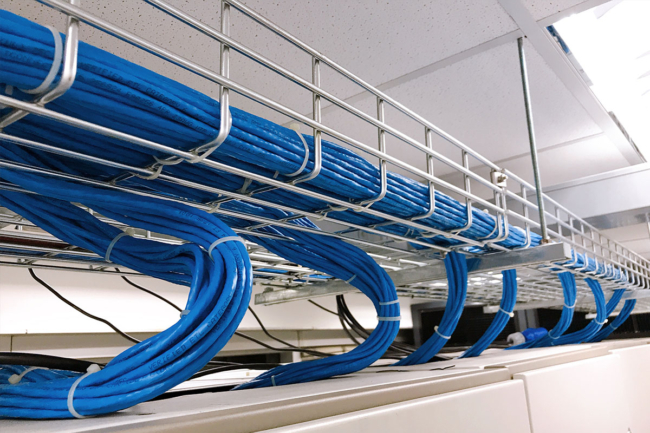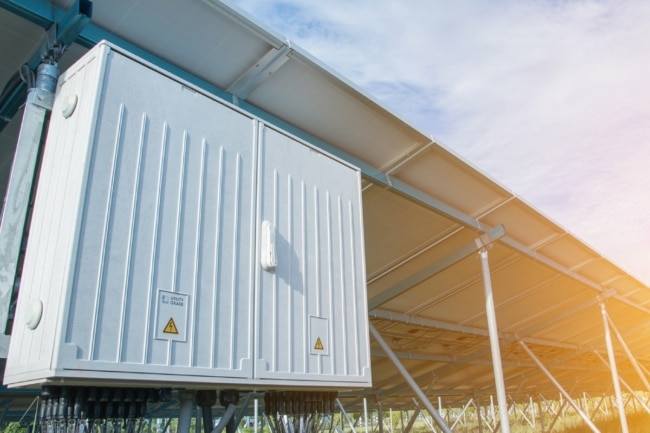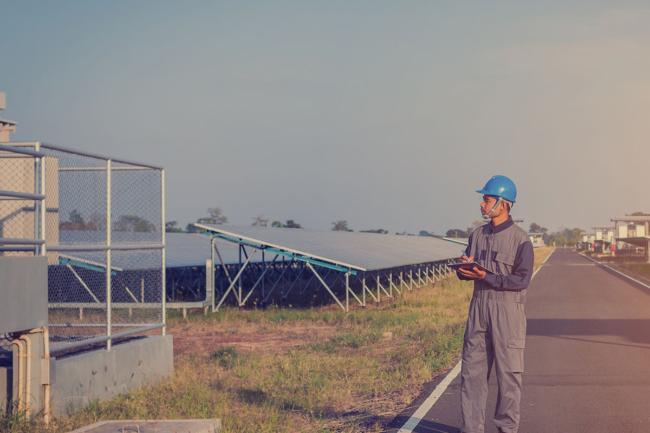How do solar inverters work?
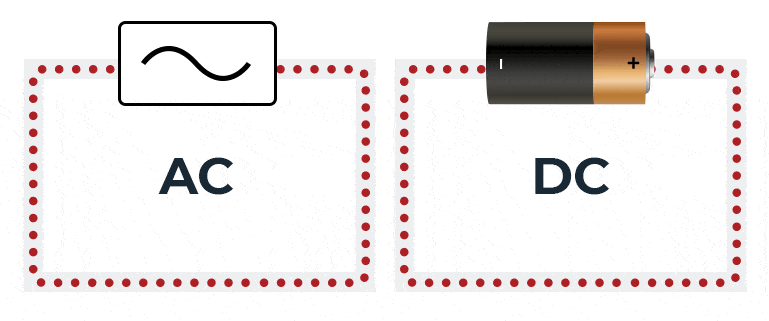
What is the difference between Alternating Current and Direct Current?
Here are three key distinctions between AC and DC power:
Alternating Current (AC) - This signifies that the power direction changes 50 times per second or 50Hz. AC power is utilised in daily life for various purposes, such as operating appliances, electronics, and lighting systems. Appliances like refrigerators and computers directly use AC power.
Direct Current (DC) - This indicates that power travels constantly and in one direction around the circuit. DC power is commonly found in batteries, electric vehicles, and smaller electronic devices. Certain applications, like smartphones and laptops, incorporate built-in converters that transform AC power into DC power.
What are solar panel inverters?
Solar panels produce DC power, which is then converted into AC power by the inverter before it's utilised in homes and businesses. The primary role of solar inverters is to 'invert' or alter the electrical flow. This is necessary because solar panels convert sunlight's UV rays into electrical energy, typically in the form of Direct Current (DC). However, this form of current isn't practical for everyday use. Hence, solar inverters become crucial as they transform the flow from DC to Alternating Current (AC). Inverters play a vital role in enabling practical operations.
What are the different types of inverters?
Let's explore the various types of inverters.
There are three primary types: string inverters, micro-inverters, and hybrid inverters.
String inverters stand as the most prevalent and cost-effective choice, whereas micro-inverters ensure individual panel optimisation. On the other hand, hybrid inverters merge solar power with energy storage, enhancing flexibility and efficiency.
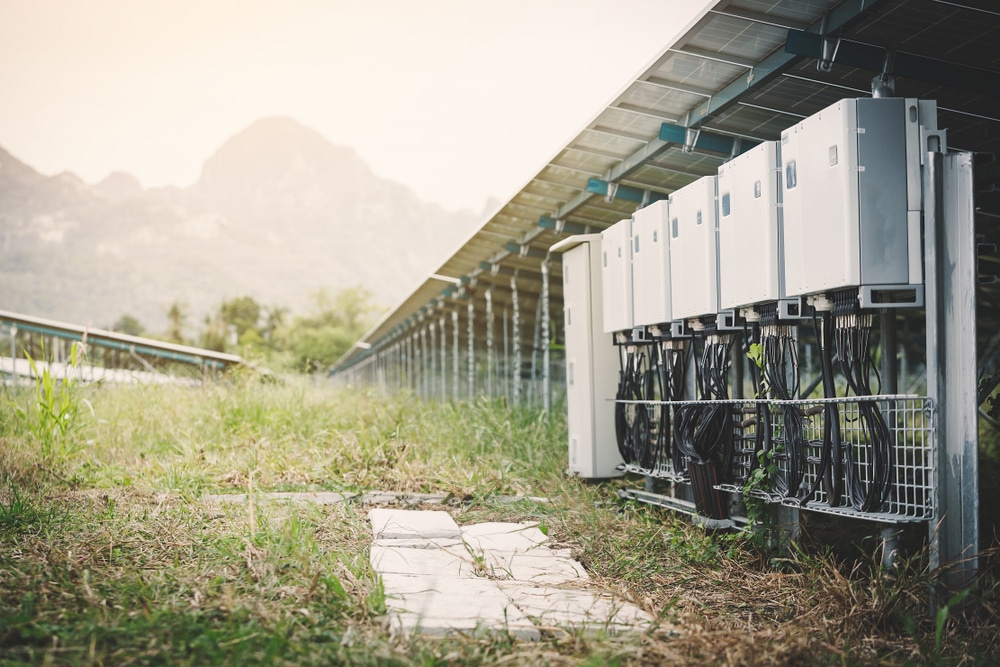
String Inverter
- Efficiency comparison: String inverters are renowned for their high efficiency, outperforming other counterparts and delivering superior output.
- Optimal string length: Determining the ideal string length for your system holds immense importance. Longer strings may heighten the risk of power loss due to shading or panel mismatch, while shorter strings could lower system efficiency. Calculating the correct size length is crucial as it significantly impacts efficiency.
- Impact of shading on string inverters: Shading on even a single panel within a string can notably diminish the overall power output of the system. Hence, thoughtful panel placement is crucial to minimise shading concerns.
- Maintenance and troubleshooting advice: Regular upkeep, including panel cleaning and connection checks, remains pivotal for ensuring peak performance. Moreover, employing monitoring software aids in identifying system faults promptly, enabling timely troubleshooting and repairs.
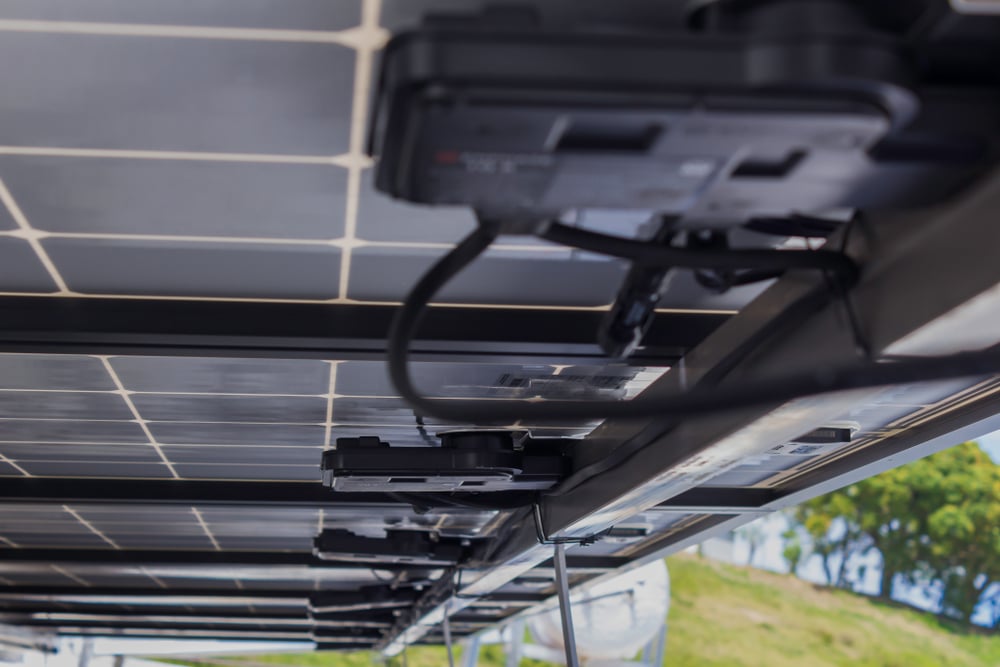
Micro-Inverter
- Microinverters maximise individual solar panel performance for enhanced overall efficiency and power generation.
- Key benefit in residential setups: ability to isolate and overcome shading or faults on a single panel without affecting others, leading to increased energy generation and better long-term return on investment.
- Facilitate panel-by-panel performance monitoring, simplifying issue identification and resolution.
- Integration with energy storage systems offers increased flexibility and reduces grid reliance.
- Ongoing advancements in micro inverter technology promise greater efficiency and cost-effectiveness in the future.
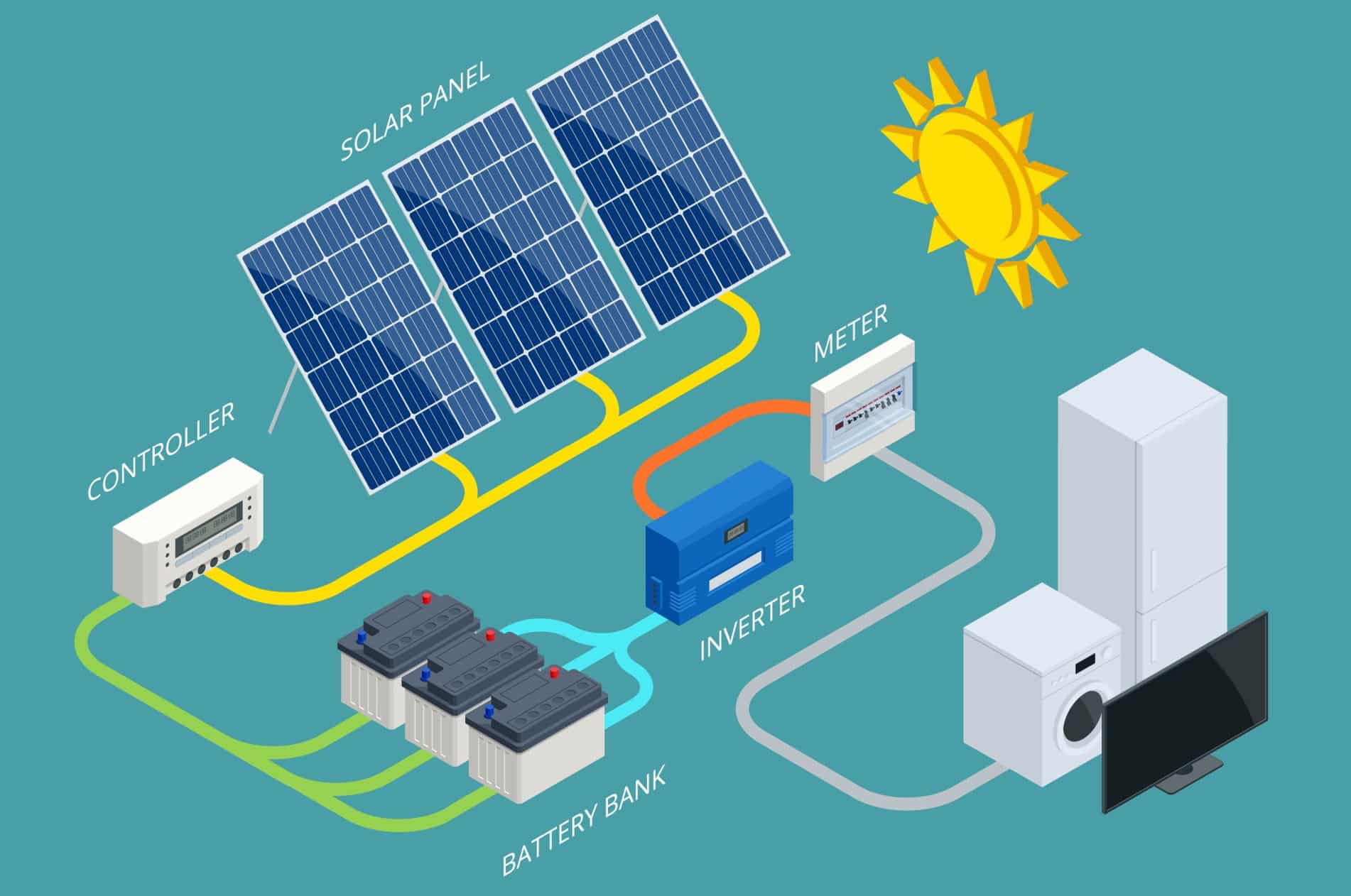
Hybrid Inverter
- Hybrid inverter applications: Widely used in industrial setups employing both solar power and battery storage. They seamlessly integrate solar panels, batteries, and the utility grid, enabling efficient power management.
- Inverter technology advancements: Recent years have witnessed significant enhancements in hybrid inverters, improving efficiency and performance. These developments render hybrid inverters more reliable and cost-effective for industrial use.
- Hybrid inverter benefits: Installation of a hybrid inverter yields multiple advantages, such as optimised energy usage, increased self-consumption of solar power, and the capacity to store surplus energy for later use. This aids businesses in reducing grid reliance and cutting down on energy expenses.
What size inverter do you need for your solar power system?
To determine the right-sized inverter for your solar power setup, calculate the wattage output of your solar panels and match it with the inverter's capacity. You can do this using an inverter sizing calculator or a selection guide.
The inverter's wattage requirements should be equal to or slightly higher than your solar panels' output. For instance, if your panels generate 5000 watts, you'll need an inverter with a capacity of 5000 watts or more.
Selecting an inverter capable of handling your panels' maximum power output is crucial. Matching the inverter's capacity to your panels' wattage will help to optimise your solar system's performance and efficiency.
Industrial applications of solar panel inverters:
- Powering manufacturing processes: Solar inverters offer clean and reliable power for machinery and equipment in manufacturing plants, including machine tools or automated robotic factories.
- Uninterrupted Power Supply (UPS): Utilised as a backup power source in case of primary power failure, a UPS is often powered by solar energy during the day and uses stored energy from solar-powered batteries via the inverter to sustain operations at night.
- Remote power generation: Solar inverters enable off-grid industries to generate their electricity, reducing reliance on traditional power sources. This capability also allows feeding excess power back into the grid, potentially earning payment for surplus energy.
When selecting a solar inverter for industrial purposes, it's vital to consider factors like power output, efficiency, reliability, and compatibility with current systems.
Considering future trends, advancements in industrial solar inverters will likely involve technology enhancements such as microinverters and power optimizers. Moreover, increased integration with energy storage systems is expected to improve overall reliability and efficiency.
